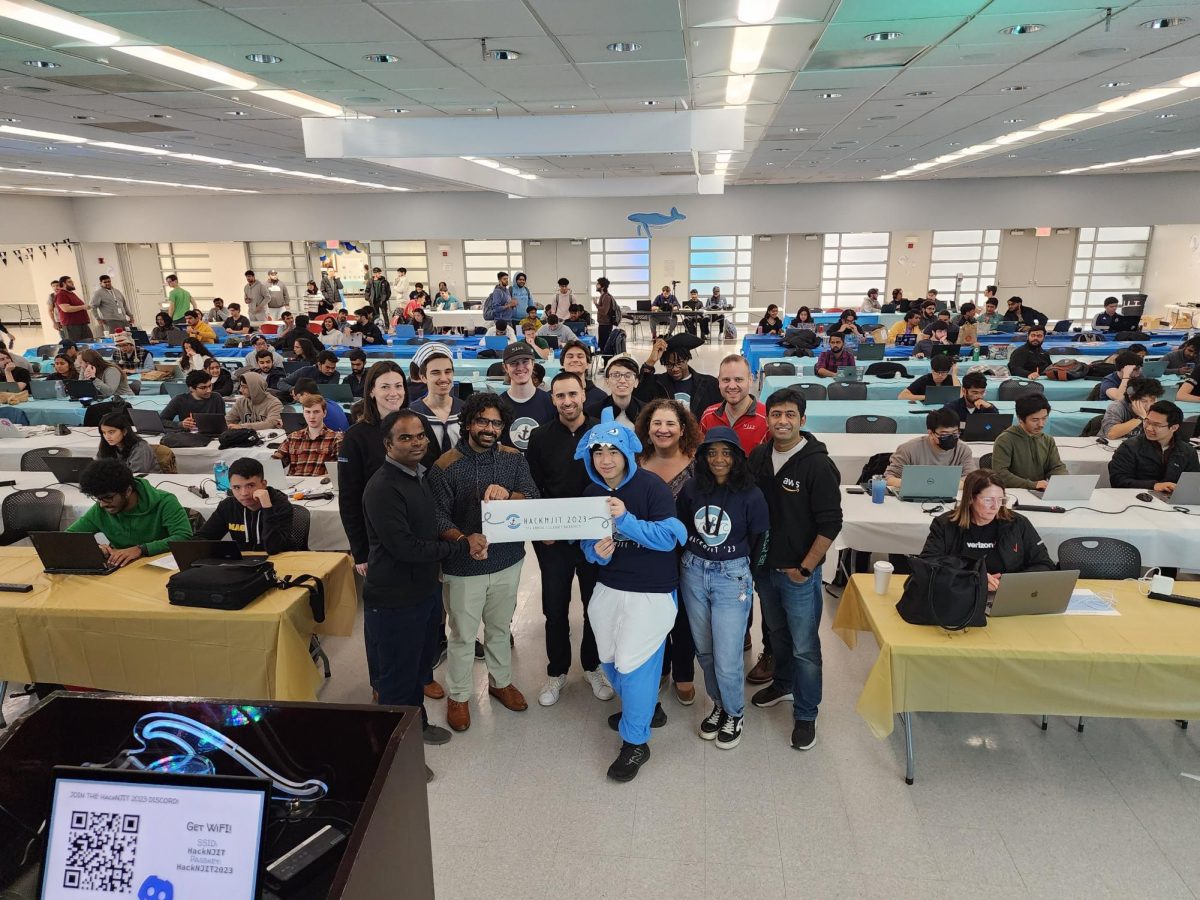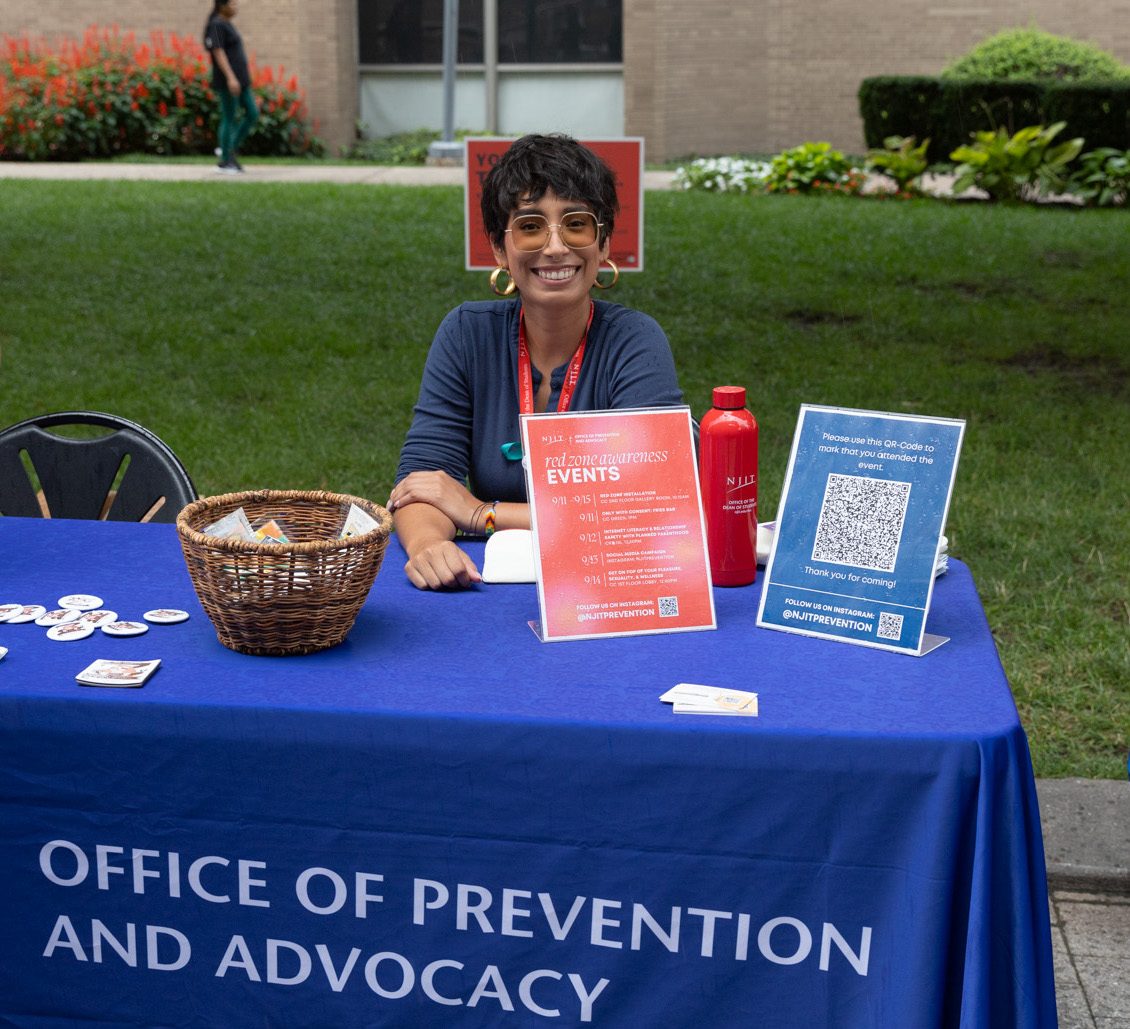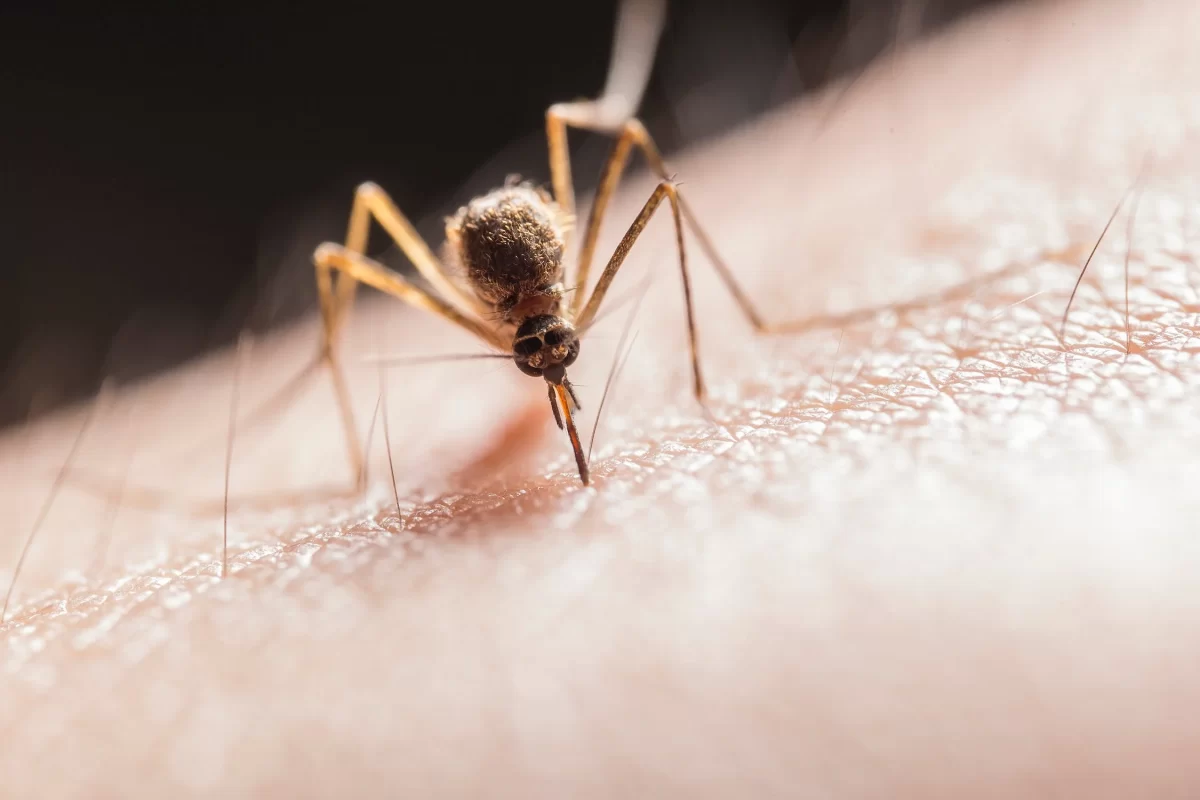By Sarah Umer
Since the end of November, an apparently random wave of attacks has been plaguing New York City. The perpetrators, without any known cause or reason, use needles, razors, or knives to cut their victims.
At a press conference on February 3, Mayor Bill De Blasio addressed the problem by stating that overall crime for the month of January had decreased. From January 1 of this year, however, there had been more than 600 reported stabbings—a 21 percent increase from the same time period during 2015. Of the 600 stabbings, 21 occurred on or near subway platforms which has caused the media outlets to dub the assailants as the “Subway slashers.” Despite the increase in media coverage, Mayor De Blasio insists that the crimes are nothing more than random attacks. “These are individual incidents. It’s not a pattern – and thank God it’s not a pattern. The fact is that there’s almost a one-in-a-million chance of being a victim of any kind of crime in the subway,” he stated.
It is perhaps the randomness of the attacks that has been the most frightening element of these crimes. Many of the victims were out in the streets minding their own business while they were walking. On January 15, 30-year-old man walking in the East Village was pushed against a wall and given a “Chelsea Smile”—a cut which extends from the ear to mouth, which required 150 stitches. A restaurant worker in Greenwich Village was slashed in the face by a panhandler who was asked to leave; the restaurant worker needed 120 stitches. A 71 year-old-grandmother was cut in the face on her way to work. While it is true that many of the victims were slashed after being involved in altercations with their attackers, for the most part, many of these attacks appear to be unwarranted with no recognizable pattern. Recently, on Thursday March 3, a taxi driver was slashed in the face by a customer who was allowed to ride, even though he and his friends did not have enough money to reach their destination. In another incident on Sunday, March 6, a man in Queens stabbed a woman on her way to church, fatally stabbed a liquor store owner, and engaged the police in a shootout before he was shot in the leg and captured.
Although most of the slashers had no previous contact with their victims, they were able to be identified by video surveillance and eyewitness accounts. In fact, most of them have been found and arrested. However, the question remains if the attacks have been the work of copycats. Copycat criminals seek attention, and carry out crimes that have been extensively covered by the media. The media coverage and the spike in fear and panic among people acts as a reward to copycats, and may inspire them to contribute to the crimes. As there is no definitive way of knowing whether some of the attacks have been the work of copycats, there is some relief in knowing that copycat attacks tend to die down after the crimes lose their shock value and become less covered by the media.
While the overall crime rate of New York City is down, the attacks don’t appear to be stopping any time soon. Copycat crime or not, the stabbings and slashings are happening all over the city. As a precaution, subway riders and pedestrians alike are urged to not make contact with individuals in the street or on the subway. They are recommended to either switch cars or cross streets if they suspect someone is under the influence, disturbed, or acting irrationally. The biggest safety tip being offered is to not engage anyone—some of the attacks were carried out after the victim and attacker were engaged in arguments.
With all of the slashing and stabbing going around, it is easy to forget that New York City is, in fact, the safest it has been in recent years. The murder rate is down 45%, and the shootings are down 35%. It’s the safer than ever to ride the subway or walk around in public. Knife violence aside, there is danger in nearly everything you do, and everywhere you go. All you can do is protect yourself, do your best, and live to fight another day.






























